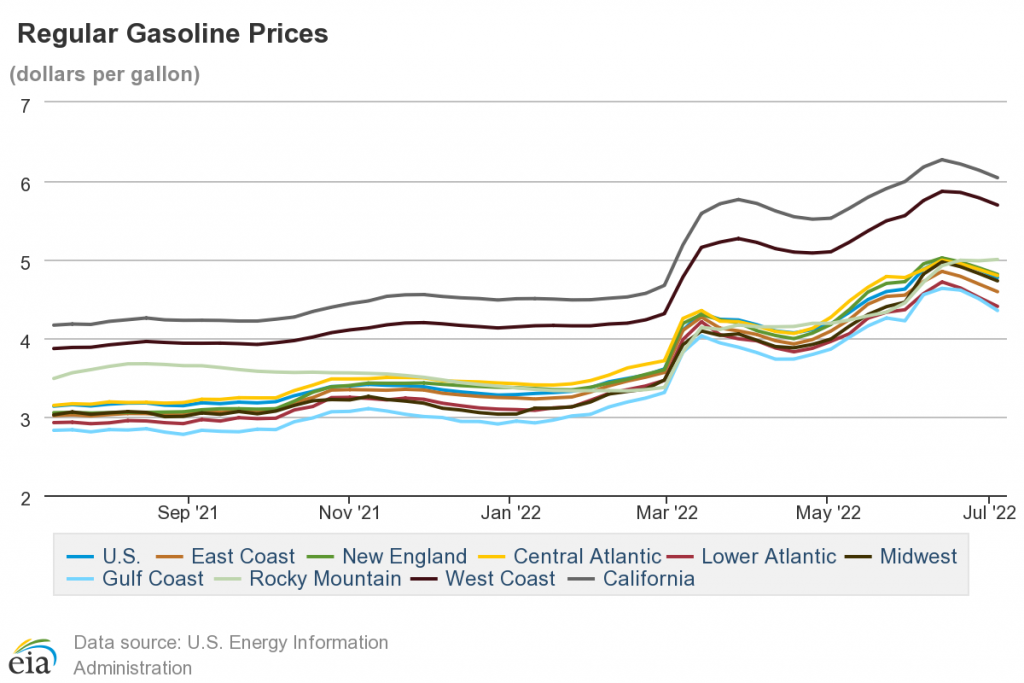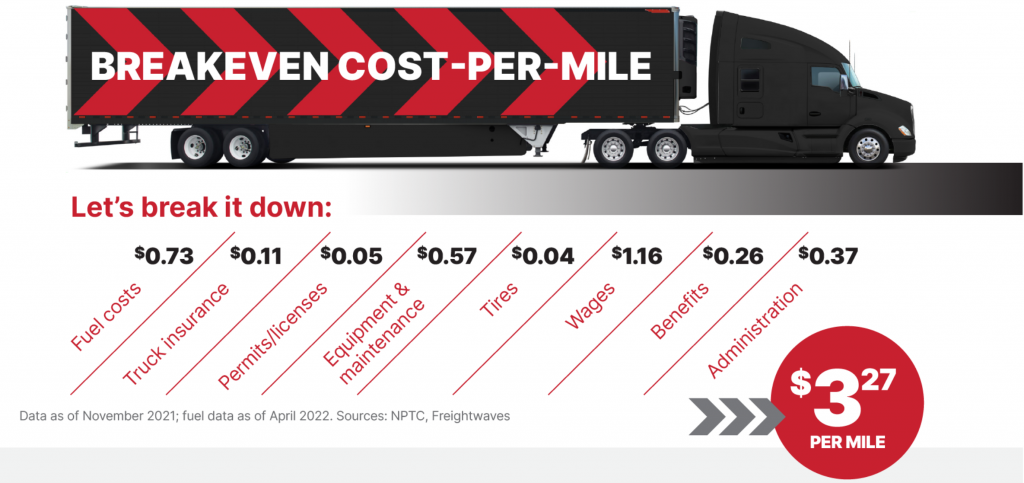Which states are toughest on commercial truck speeding-enforcement?
Every year the Commercial Vehicle Safety Alliance (CVSA) of truck-enforcement jurisdictions and other related agencies stage a traffic enforcement event called Operation Safe Driver. In 2020, the enforcement effort responded to an uptick in speed-related fatality crashes. And while the automobile accidents were across all vehicle types, most involved Class 8 vehicles.
After the 2020 Operation Safe Driver event, the CVSA found that truck drivers received nearly triple the number of speeding citations as passenger vehicle drivers. In 2021, the number increased again, with approximately 3,000 truck drivers receiving citations. Experts anticipate similar results following this year’s enforcement event. But, drivers are wondering: Are there some states that are more strict when it comes to speeding enforcement?
Which states have the strictest speeding laws?
Experts agree that there are states that are stricter when it comes to enforcing traffic laws than others.
A recent study found that 75% of states have absolute speed limits, which means one mile per hour over the limit is enough for the state to convict you of speeding. The other 25% of the country has laws that allow you to plead your case in court. However, there are currently no states that have mandatory jail time for those convicted of reckless driving, which means you are liable to spend at least one night in jail if found guilty.
And if you’re lucky enough to avoid jail time, you can still face a hefty fine. While the country’s average maximum speeding penalty is $742, there are some states where a single ticket could cost up to $5,000.
The bottom line is that while keeping up with surrounding traffic may seem okay; there are some states where it’s ultimately safer to drive the exact speed limit.
5 toughest states for truck traffic enforcement
Delaware
In Delaware, the driving population speeds 21% more than the national average. And in January of this year, the state implemented cameras along I-95 in hopes of deterring speeding. So, even if there’s no cop in sight, you still need to be cautious of cameras.
West Virginia
If you’re in Virginia, go slow. The state has one of the harshest legal systems around traffic violations. For example, driving 80 miles per hour anywhere in the state or going 20 miles per hour the posted speed limit will result in a reckless driving charge. And you can receive a $2,500 fine and a year in jail for reckless driving.
Iowa
Iowa drivers are ticketed for speeding 66% more than average drivers, despite the state’s heavy police presence. In “The Hawkeye State,” there are 25 police officers per 10,000 drivers. Be sure to remember this ratio the next time you drive through Iowa.
Idaho
While Idaho has a low ratio of speed traps per mile, it ranks considerably high for issuing speeding citations. However, the fines aren’t as intimidating as in other states. If you’re driving anywhere between one and 15 miles per hour above the speed limit, you will be fined $75. Anything over 16 miles per hour will earn you a $140 ticket.
South Carolina
South Carolina is considered more dangerous than any other state for driving. According to the NHTSA’s Traffic Safety report, the state has the highest rate of traffic fatalities per million miles traveled. And similar to Iowa, the state has 24 police officers per 10,000 drivers, So if you speed in the Palmetto State, you not only risk getting a ticket, but you also risk getting into an accident.
How speeding could impact your career
As a truck driver, receiving a speeding ticket is no minor inconvenience. In fact, a speeding ticket could lead to your CDL being revoked. In most states, exceeding the speed limit by at least 15 miles per hour is considered a severe violation for commercial motor vehicles (CMV). The violation could lead to a minimum 60-day license suspension. If you receive three violations within three years, you could face a 120-day CDL revocation. These violations could also appear on your record, ultimately affecting your next job opportunity. Plus, you could be fined up to $500.
So, while driving can be frustrating and sometimes mundane, it’s safer to drive wisely and within the speed limit. After all, nothing is worth risking your CDL license and, above all, your life.
More Like This
→ How Drivers Can Avoid Drug and Alcohol Violations












